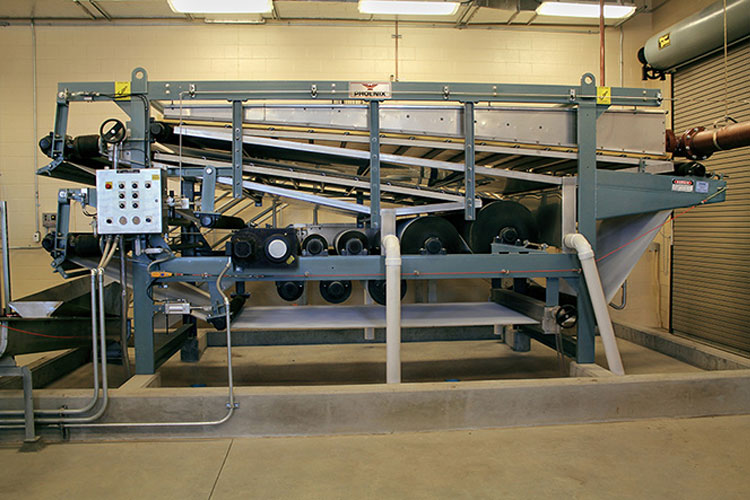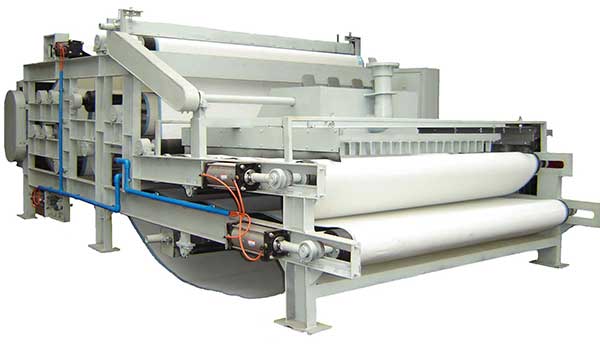What is the difference between a belt dewatering press and a filter press?
On March 12, 2024 by Megan Johnston With 0 Comments
- Blogging
Belt dewatering presses are better suited for materials that are difficult to filter and require high solids concentration, while filter presses are better suited for materials that can be easily filtered and require high filtration efficiency.
When it comes to solid-liquid separation and dewatering, two common machines used in these processes are belt dewatering presses and filter presses. While they share some similarities.
There are key differences between the two that make them better suited for different applications. In this article, we will explore the main differences between belt dewatering presses and filter presses, and discuss the advantages and limitations of each.

Belt Dewatering Presses
A belt dewatering press is a machine used for solid-liquid separation and dewatering. It consists of a series of rollers and a belt that runs through them. The belt is designed to press against the rollers, creating a pressure that squeezes out excess liquid from the solid material being processed. The liquid is then collected and removed, leaving behind a dry solid product.
Filter Presses
A filter press, on the other hand, is a machine used for solid-liquid separation. It consists of a series of plates and frames that are stacked together. The plates are designed to filter out the solid particles from the liquid, allowing the liquid to pass through while the solids are collected and removed.
Key Differences
The main difference between a belt dewatering press and a filter press is the way they separate solids and liquids. A belt dewatering press uses pressure to squeeze out liquid from a solid material, while a filter press uses a filtration process to separate the solids from the liquid.
Another key difference is the type of material that can be processed. Belt dewatering presses are typically used for materials that are difficult to filter, such as sludges, slurries, and other viscous materials. Filter presses, on the other hand, are better suited for materials that can be easily filtered, such as water and other liquids.
Advantages and Limitations
Belt dewatering presses have several advantages, including:
Higher solids concentration: Belt dewatering presses can produce a higher solids concentration than filter presses, making them more efficient for some applications.
Continuous operation: Belt dewatering presses can operate continuously, allowing for a steady stream of production.
Low energy consumption: Belt dewatering presses require less energy to operate than filter presses, making them a more cost-effective option.
However, belt dewatering presses also have some limitations. They can be less effective for materials that are difficult to dewater, and they may require more maintenance than filter presses.
